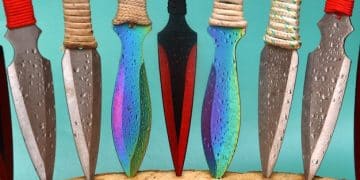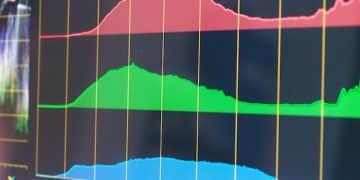Unlock Skin Trading Secrets: Maximize Returns on Rare Skins
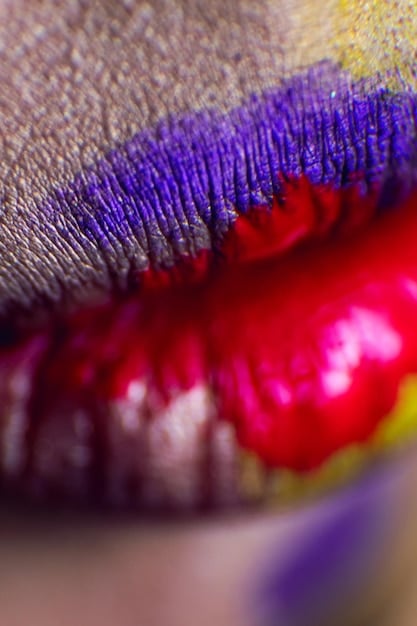
Skin trading secrets involve understanding market trends, rarity, platform fees, and optimal listing strategies to maximize profits when selling rare skins in online games and communities.
Unlocking the potential of the skin trading market can be incredibly lucrative, especially when you know the secrets to maximizing your returns on rare skin sales. Understanding market dynamics and strategic approaches is key to turning your digital assets into profit. Let’s explore the insider tips that separate successful skin traders from the average player, ensuring you make the most of your investments.
Understanding the Basics of Skin Trading
Skin trading has evolved from a simple exchange of in-game cosmetics to a sophisticated market where demand, rarity, and aesthetic appeal dictate value. To navigate this landscape effectively, a basic understanding of these elements is crucial for anyone looking to make profitable trades.
What are Skins and Why are They Valuable?
Skins are cosmetic items used in video games to change the appearance of characters, weapons, or other in-game elements. Their value comes from rarity, visual appeal, demand, and their perceived status symbol within the gaming community.
- Limited Availability: Skins from limited-time events or rare drops often command high prices.
- Aesthetic Appeal: Visually striking skins are more desirable and thus more valuable.
- Community Demand: Popular skins driven by player preference or trending styles fetch higher prices.
- Status Symbol: Rare and expensive skins show off a player’s dedication and wealth, adding to their desirability.
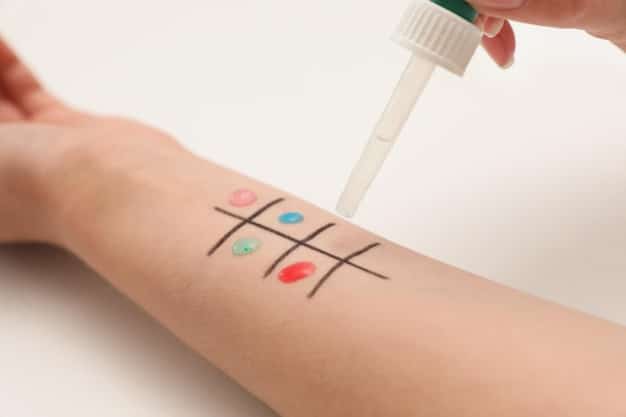
Understanding the nuances of why skins hold value is the first step toward effective skin trading secrets. Identifying these key factors allows you to make informed decisions when buying and selling.
Key Platforms for Skin Trading
Choosing the right platform is essential for successful skin trading. Each platform offers unique benefits and drawbacks, including varying fee structures, security measures, and community sizes. Understanding these differences will help you select the platform that best suits your trading strategy.
Steam Community Market
The Steam Community Market is a widely used platform directly integrated with Steam. It offers a simple and secure way to buy and sell skins, but comes with limitations such as Steam Wallet restrictions and transaction fees.
Third-Party Marketplaces
Third-party marketplaces provide more flexibility and often lower fees than the Steam Community Market. They include sites like SkinBaron, DMarket, and CS.money, each with specific features and user bases.
- Lower Fees: Often charge significantly less than Steam’s 15% transaction fee.
- Cash Withdrawals: Allow users to withdraw earnings in cash, unlike Steam Wallet restrictions.
- Advanced Trading Tools: Provide detailed analytics, price trends, and automated trading bots.
Selecting the right platform can significantly impact your profitability. Consider the fees, security, community, and features before committing to a specific marketplace when exploring skin trading secrets.
Analyzing Market Trends and Rarity
Successful skin trading requires a keen eye for market trends and a deep understanding of skin rarity. Monitoring price fluctuations and identifying emerging trends can provide significant advantages in maximizing your returns.
How to Identify Valuable Skins
Identifying valuable skins involves analyzing various factors such as rarity, wear level, float value, and pattern variations. Understanding these elements helps in accurately assessing a skin’s market value.
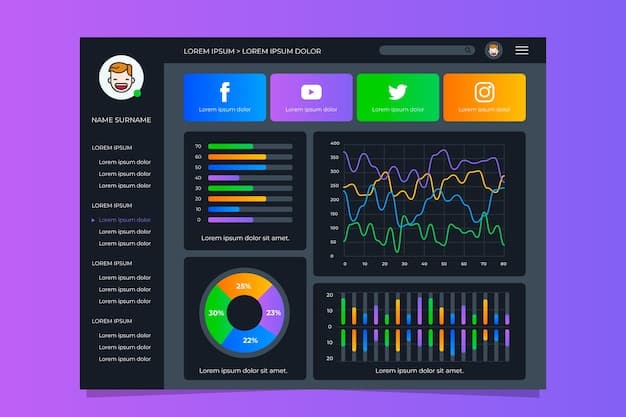
The Importance of Wear Level and Float Value
Wear level and float value significantly impact a skin’s appearance and value. Skins with lower wear levels (e.g., Factory New, Minimal Wear) are typically more valuable than those with higher wear levels (e.g., Well-Worn, Battle-Scarred).
Staying informed about market trends and becoming proficient in rarity analysis are vital skin trading secrets. This knowledge empowers you to make strategic buying and selling decisions.
Strategies for Buying Low and Selling High
The core of any successful trading strategy involves buying low and selling high. This requires patience, research, and the ability to spot undervalued skins with potential for future appreciation.
Sniping Deals and Undervalued Skins
Sniping deals involves quickly identifying and purchasing skins that are listed below their market value. This often requires constant monitoring of marketplaces and using automated tools to detect discrepancies.
Investing in Emerging Trends
Investing in emerging trends involves anticipating shifts in market demand and identifying skins that are likely to increase in value. This could include new weapon skins or cosmetic items associated with popular esports teams or events.
- Follow Esports Events: Skins associated with winning teams often increase in value.
- Monitor Game Updates: New updates can introduce new skins or change the desirability of existing ones.
- Track Community Sentiment: Social media and forums can provide insights into trending skins.
Mastering the art of buying low and selling high is one of the most essential skin trading secrets. By combining market analysis with strategic investments, traders can significantly improve their profitability.
Minimizing Risks and Avoiding Scams
Skin trading is not without its risks. Scams and fraudulent activities are prevalent in the online trading community, making it essential to take precautions and implement security measures to protect your assets.
Identifying and Avoiding Scams
Recognizing common scamming tactics is crucial for protecting yourself. This includes being wary of suspicious links, fake trading bots, and impersonators attempting to phish your account details.
Securing Your Steam Account
Securing your Steam account involves enabling two-factor authentication, using strong passwords, and being cautious of third-party applications requesting access to your account.
- Enable Steam Guard: Adds an extra layer of security to your account.
- Use Strong Passwords: Prevents unauthorized access to your account.
- Verify Trade Offers: Double-check all trade offers to ensure they are legitimate.
Effective risk management and scam prevention are indispensable skin trading secrets. By staying vigilant and implementing robust security measures, you can safeguard your digital assets and trade with confidence.
Tax Implications of Skin Trading
Understanding the tax implications of skin trading is crucial, particularly as digital asset trading gains more mainstream attention. Depending on your jurisdiction, profits from trading skins may be subject to income tax or capital gains tax.
Navigating Tax Laws for Digital Assets
Navigating tax laws for digital assets involves keeping accurate records of all transactions, including purchase prices, sale prices, and any associated fees. Consulting with a tax professional ensures compliance with local regulations.
When to Declare Your Skin Trading Profits
You should declare your skin trading profits when they exceed the taxable income threshold in your country. This may involve reporting your profits as part of your annual income tax return or declaring them as capital gains.
Understanding the financial aspects of skin trading secrets can help one avoid unwanted legal and financial liabilities associated with trading activities!
| Key Point | Brief Description |
|---|---|
| 💰 Market Analysis | Understand trends to buy low, sell high. |
| 🛡️ Security | Protect accounts with 2FA, avoid scams. |
| 📈 Rarity | Assess value based on rarity and wear. |
| ⚖️ Taxes | Declare profits to comply with laws. |
FAQ
▼
A skin’s rarity is determined by its drop rate, availability during events, and the number of skins in circulation relative to demand. Limited availability boosts rarity.
▼
Always use secure platforms and verify trade offers. Enable two-factor authentication on your Steam account to add an extra layer of defence against scammers.
▼
Float value refers to the wear level of a skin, impacting its appearance. Lower float values generally increase a skin’s desirability and market value.
▼
Yes, various websites and browser extensions provide price histories, rarity data, and market trends to help you accurately assess skin values before trading.
▼
Research the skin’s historical price data across multiple platforms to ensure fair value. Consult trading communities for opinions before making a purchase or sale.
Conclusion
Mastering these skin trading secrets is essential for maximizing returns on rare skin sales. By understanding market trends, rarity factors, and security measures, you can navigate the complex world of skin trading with confidence and profitability.



